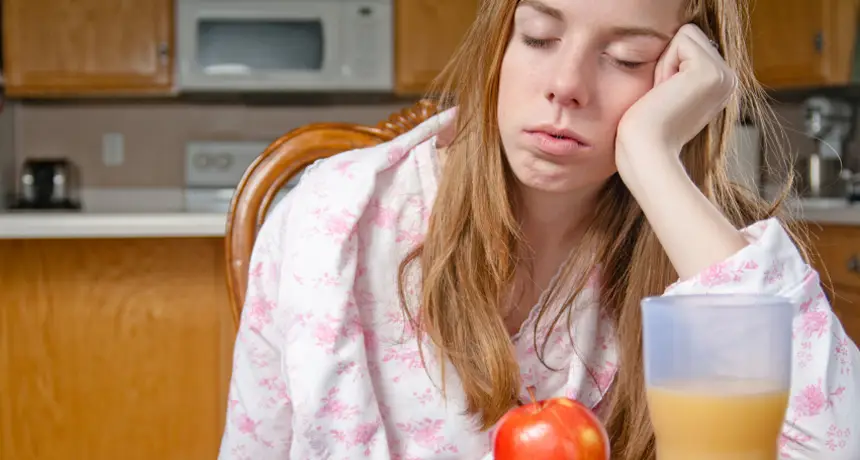Sleep
Could it be that adequate sleep is the “magic pill” that helps teens move through adolescence successfully into adulthood? Could it really be that simple? Probably not—but research does demonstrate that sleep provides teens with a protective effect against some significant adolescent issues.
My review of recent sleep research involving teens shows a fascinating connection between inadequate sleep and a broad range of issues many adolescents struggle with, including depression, suicidal thoughts, drowsiness, inattention, poor school performance, increased at-risk behaviors, bullying, unhealthy diets, headaches, moodiness, high blood pressure, obesity, increased sporting injuries, an increased rate of auto accidents, and poor decision making. I know of no other area of adolescent life that is connected with this broad a spectrum of potentially negative outcomes!
Lack of sleep is a major adolescent development problem. Today, teens are getting less sleep than ever. More than 90 percent of high school students are chronically sleep-deprived. It’s been reported that one-third of teens fall asleep in school twice a day! In 2015, the National Sleep Foundation issued new sleep duration recommendations for tweens and teens. Children up to thirteen years of age should have nine to eleven hours of sleep per night, and teens fourteen to seventeen years of age should receive eight to ten hours of sleep each night. Many experts say it is time for parents to step in and help their children get more sleep.
Earlier bedtimes may not be the solution. Researchers have found that the developing teen brain is wired so that their natural sleep cycles trend toward going to bed later at night and getting up later in the morning. In recent years, I’ve seen many school districts making changes toward later school start times to make more effective use of these natural teen rhythms.
The more significant issue preventing teens from getting adequate sleep is that technology and caffeine are keeping them awake. Many teens take their phones to bed with them and text, use social media, and watch videos throughout the night. Some fear missing out on texts, chats, and notifications to the extent that they drink energy drinks to help them stay awake! Just like their parents, this generation of young people multitask into the night, and this affects their sleeping habits dramatically.
More sleep will decrease at-risk behaviors, decrease depression, and increase school success. With more sleep, kids may move back to enjoying reading in bed and slowing down the pace of their lives. Unfortunately, parents are not modeling healthy sleeping habits either. Teens that don’t get adequate rest will grow up into adults who live the same way.
WHAT PARENTS CAN DO TO HELP TEENS GET ADEQUATE SLEEP
Obviously, you cannot force your teen to sleep. But parents can take the initiative to reduce behaviors known to contribute to a lack of sleep. These include:
- Set a nightly deadline for completion of homework. I addressed this topic in our chapter on education, but setting homework completion deadlines will help your teen become responsible for time management. Pulling all-nighters on homework or cramming for tomorrow’s final exam won’t help your teen get the sleep he needs, and may actually produce poorer academic performance, not better.
- Establish an expectation of no caffeine at night. Work with your teen to set an appropriate time after which he is not allowed to drink coffee, caffeinated sodas, or energy drinks.
- Set a family rule for no overnight technology usage. Establish a location in your home to dock/charge all smartphones, tablets, and laptops overnight. Set a time range (like 9:00 p.m. to 6:00 a.m.) during which technology is off-limits.
- Set a family rule for no overnight media usage. Many teens today have televisions, desktop computers, and gaming consoles in their bedrooms. I simply do not think this is a good idea (for reasons beyond just the sleep issue—for one thing, it feeds the temptation to view pornography). I encourage you to relocate these items from your teen’s bedroom a more public location in the home.



